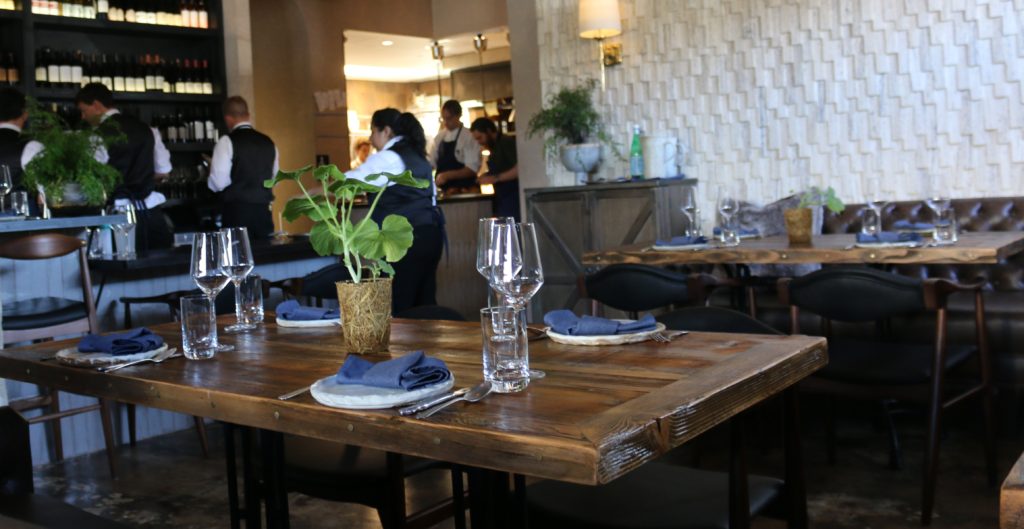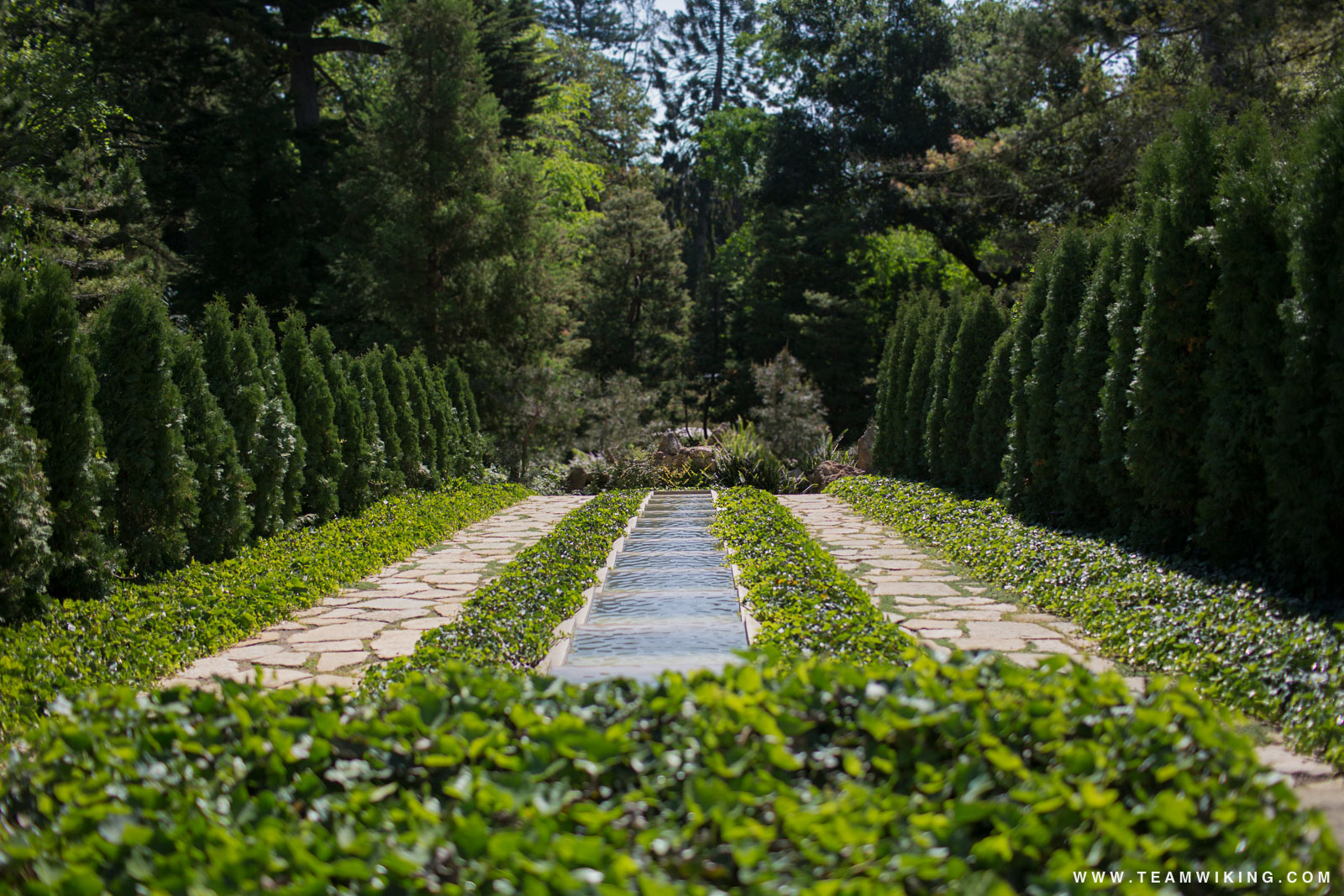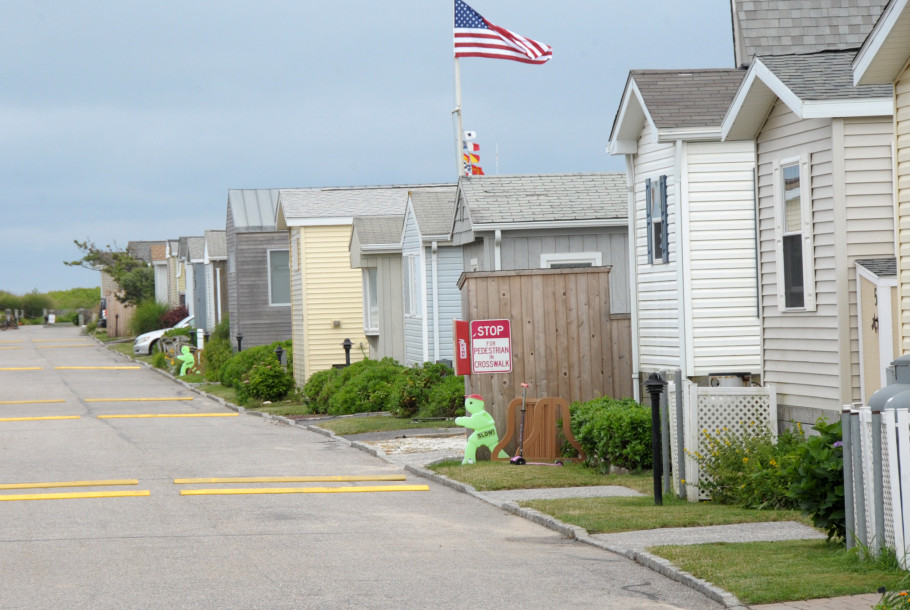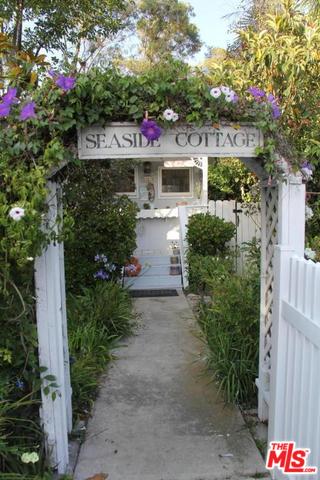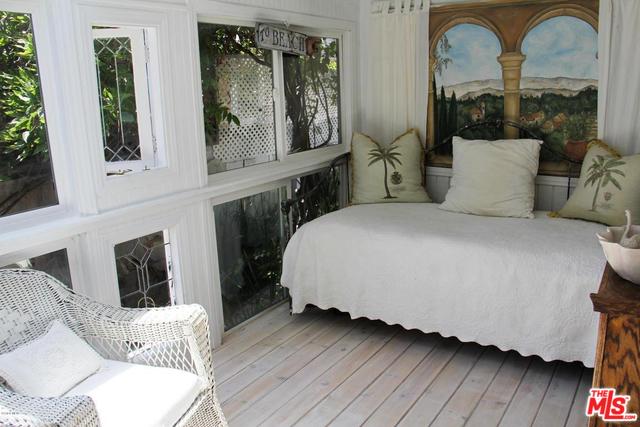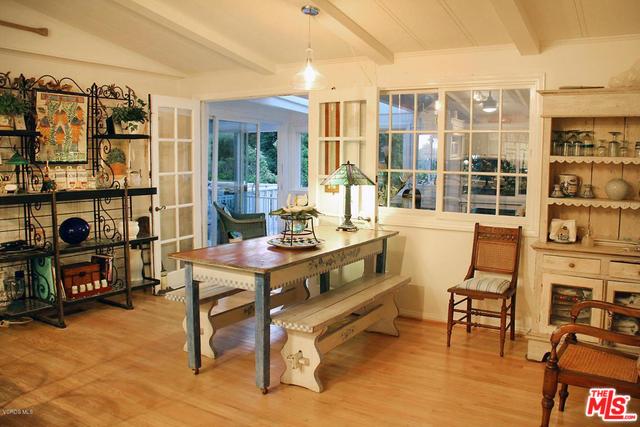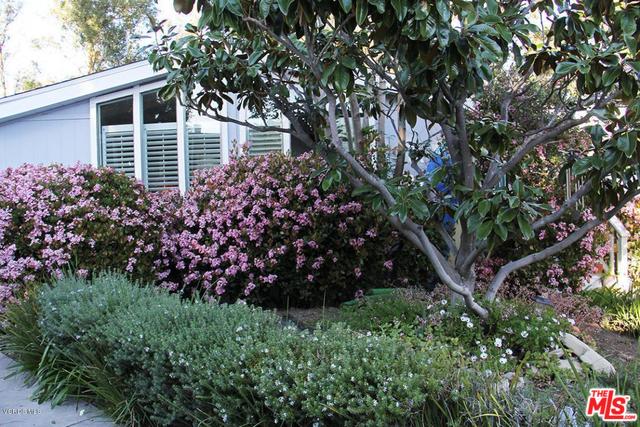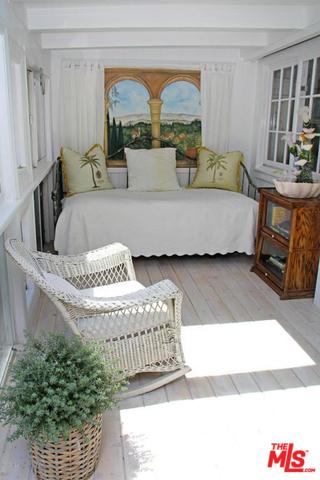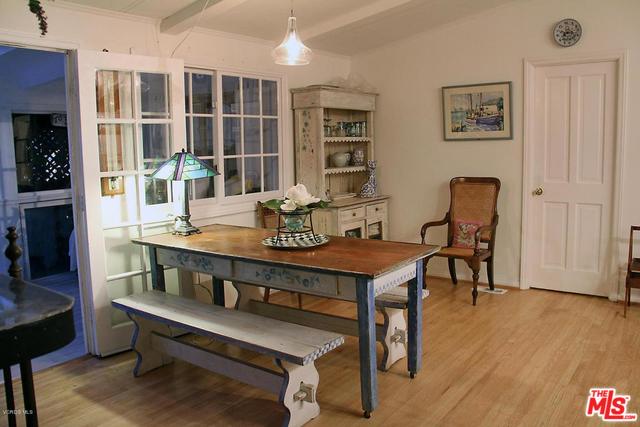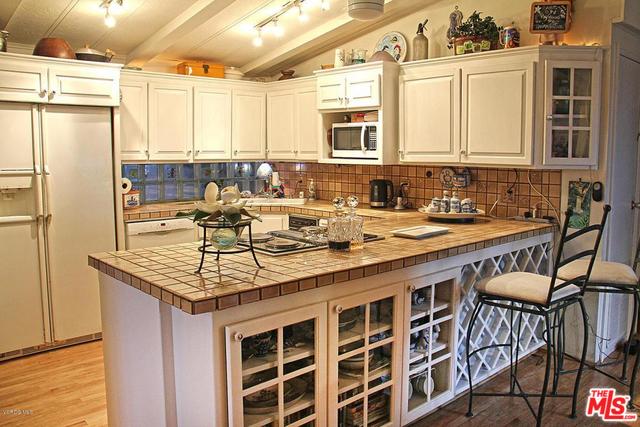Although Santa Barbara’s fantastic climate can often trick us into thinking summer is a year round affair, the holiday season has arrived, whether we’re ready or not! Fortunately, Santa Barbara is packed with fantastic holiday activities for people of all ages this time of year. Here are a few highlight of some of the area’s best events and activities. With Turkey Day fast approaching, the guides at Santa Barbara Adventure compiled a short list of must-do activities for you and your loved ones over the next couple of weekends:
1) Looking for a way to get the kids and in-laws out of the house on Thanksgiving Day? Send them to the Santa Barbara Zoo for their Thanksgiving Day Pumpkin Smash. At 10:00 AM on November 22nd, the SB zookeepers are going to give many of the animals, including the elephants and gorillas, pumpkins to play with, just to see what happens! This is sure to be a hit, and will undoubtedly add a new and fun twist to the already incredible experience that is visiting our beautiful local zoo.
2) After the holiday is over, take a break and let someone else do the driving, thinking, and meal prep for a day by signing up for a Santa Ynez Valley wine country tour! You can rest assured knowing we were recently voted as Finalist for the best ‘Santa Barbara Wine Tour Company’ by readers of the Santa Barbara Independent, and have a variety of wine tours that fit any taste and personality. For those hoping to enjoy the crisp fall air, exploring the wine country by bicycle is a fantastic opportunity for the whole family, especially those trying to burn off that third serving of stuffing. However, if you are looking to treat yourself to a unique wine tour, check out the Tasty Cupcake and Wine Tour, where participants enjoy great wine, world-class wineries, and the best cupcakes this side of the Mississippi.
3) Holiday shopping at its best – Santa Barbara will host its first-ever European-style Christmas night market! Santa Barbara Night Market is beginning November 23rd, with State Street full of holiday themed décor, live music, carolers, food, beverages and all the best products the Central Coast has to offer. 4-10pm.
4) If you are looking for a restaurant to enjoy Thanksgiving Dinner while visiting Santa Barbara, there are quite a few options. A few of our favorites: The Wine Cask, The Stonehouse and Bella Vista at the Four Season Biltmore. There are several other options but restaurants do tend to book up quickly for the holiday, so make your reservation early.
5) For the adventurous at heart, you may opt for a holiday of excitement with turkey sandwiches and ocean mist in your face. For an amazing day at sea, the Channel Islands National Park is just a few miles off the coast of California. Ferry boats and kayaking tours are available throughout the Thanksgiving holiday weekend. The island offers hiking, bird watching, snorkeling and much more. Call our office to check available tours and island camping options.
Photo by http://montecitobirnamwood.com/
6) Head over to the Santa Barbara Botanical Gardens for a lovely fall-time stroll. The garden’s 78 acres encompass a variety of displays as well as natural coast live oak and riparian woodlands. Their November events include a morning bird walk, gray water 101, yoga in the garden and more.
7) While you won’t be skiing down the slopes of Santa Barbara this holiday season, you can still get in the spirit of winter by attending a film at the Lobero Theater: Face of Winter, the 69th installment from Warren Miller Entertainment presented by Volkswagen, will bring new and veteran athletes alike in this exciting ski and snowboard movie. Tuesday, November 27th, 7:30pm.
Click here for article details
Photos courtesy of: Zoo Borns, Active Rentals, UC Berkley ,














